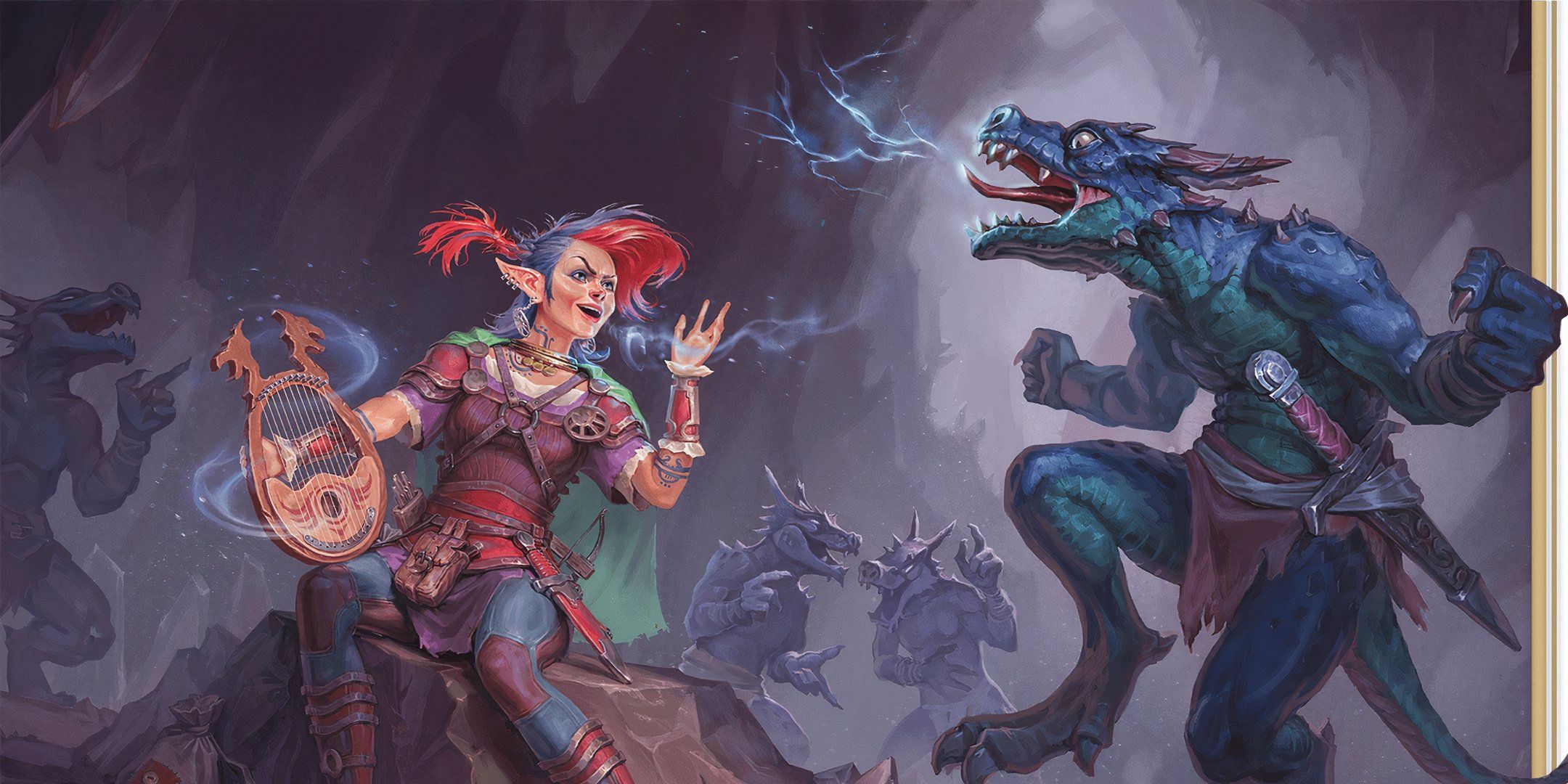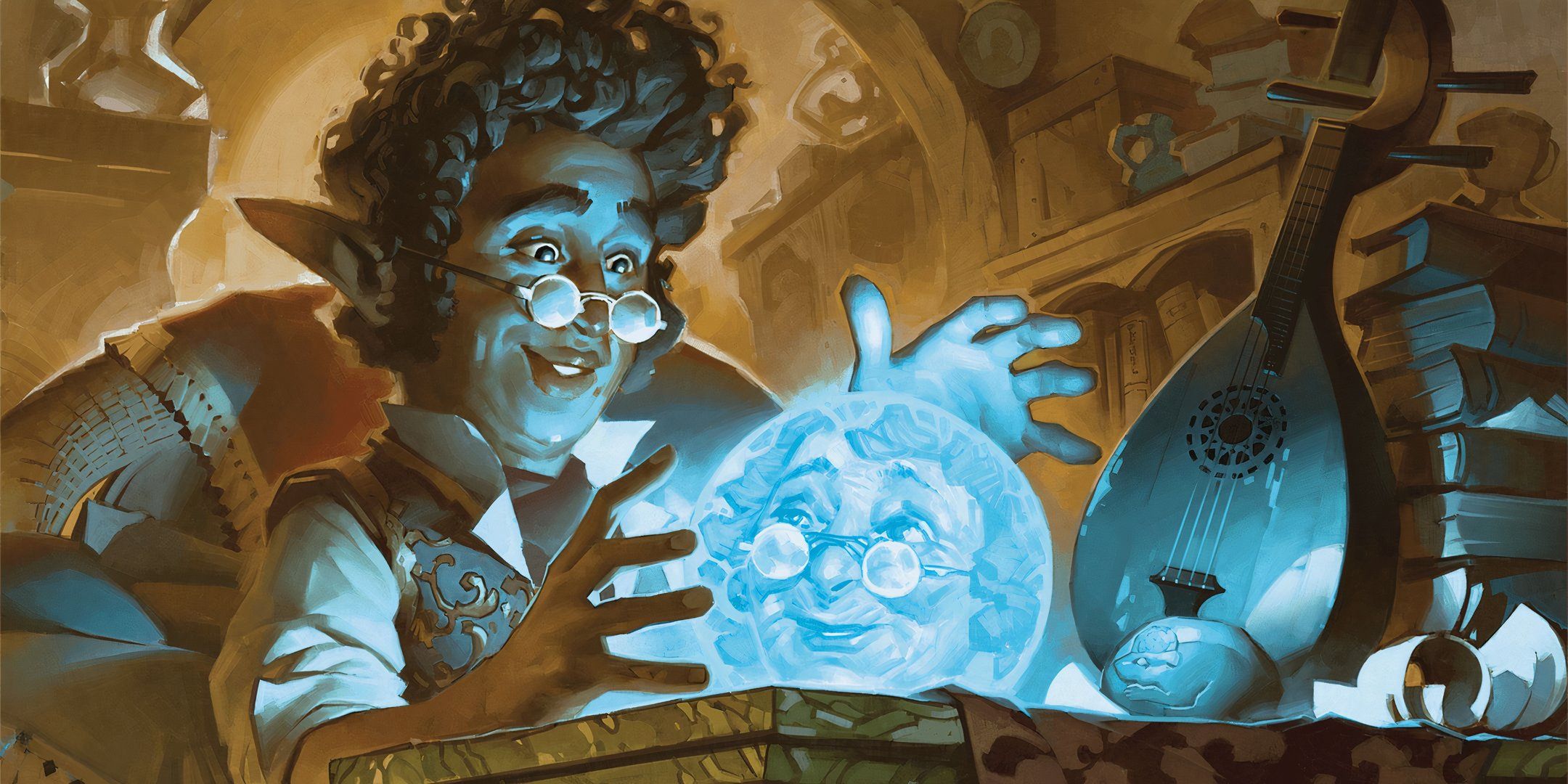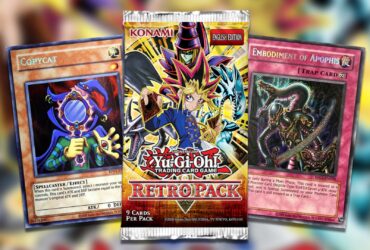Every single spell in Dungeons & Dragons has a component requirement. Components are typically broken down into several different categories, and listed next to the other tags in the spell. If you’re playing a hardcore Dungeons & Dragons campaign, you can’t cast a spell without the proper components.

Related
Dungeons & Dragons: What is Attunement?
Wondering how and when to attune to magic items in Dungeons & Dragons? This guide has you covered.
Some Dungeon Masters might handwave this, but if you want to really follow the rules, you’ll have to make sure, as a player, you have the proper components at your disposal. Here’s everything you need to know about how components work and how to use them in your Dungeons & Dragons campaign.
What Are Components?
As mentioned, a spell’s components are the physical requirements necessary to cast a spell; a player must have these components or the spell fails. Three types of components can be required to cast a spell.
- Verbal
- Somatic
- Material
In the spell’s description, the various components are denoted by either a ‘V,’ ‘S,’ or ‘M,’ for verbal, somatic, or material, respectively.
Verbal
The verbal components of a spell are magic words, or incantations, necessary to cast the spell. To cast the spell, you must speak the incantation aloud in a normal speaking voice.
This means that, if your player is silenced magically, gagged, or unable to speak for any other reason, you cannot cast the spell.
Spells with verbal components can be tricky when navigating a stealth encounter. Before casting a spell, check with your DM to make sure it won’t negate your Stealth check.
Somatic
The somatic components of a spell are the gestures or hand movements associated with casting a spell. You must use one of your hands to perform these movements.
If you are playing a character who does not have hands or limbs, talk to your DM about other physical actions your character can do to complete the somatic components of a spell.
Material
The material components of the spells are the particular substances or objects you must use or consume to cast the spell. These are typically specified in the parentheticals next to a spell’s tag or description. Components can include things like:
- A bit of bat fur
- An eggshell
- A Holy Symbol worth 5+ GP
How To Use Components
Verbal and somatic components are merely there to provide flavor and fun for the spellcaster. However, verbal and somatic components can affect two few things:
|
Affected Trait |
Details |
|---|---|
|
Stealth |
If your character is trying to be sneaky, but is casting a spell with a verbal component, you might no longer be hidden. |
|
Physical Activity |
If you’re hanging off the side of a cliff, and want to cast the spell Fly on yourself, you will have to release one hand from the cliff to use the somatic components of a spell. |
Material components are where things get interesting. If the material components listed do not have a cost associated with them, you can use a Component Pouch or a Spellcasting Focus instead in place of the listed material components.
Component Pouches are worth 25 GP and can be purchased in most settlements. Arcane focuses are more expensive and vary in price, but can typically be found in magic shops or are gifted to your character at character creation.
However, if a material component has a cost associated with it, you must buy the component specifically with the aforementioned amount of money.
Spell descriptions will denote if casting the spell with the material component consumes the component, or if you may use it again.

Next
Dungeons & Dragons: Action Guide
Ready to take action? Then you better understand how actions work in Dungeons & Dragons.
















Leave a Reply